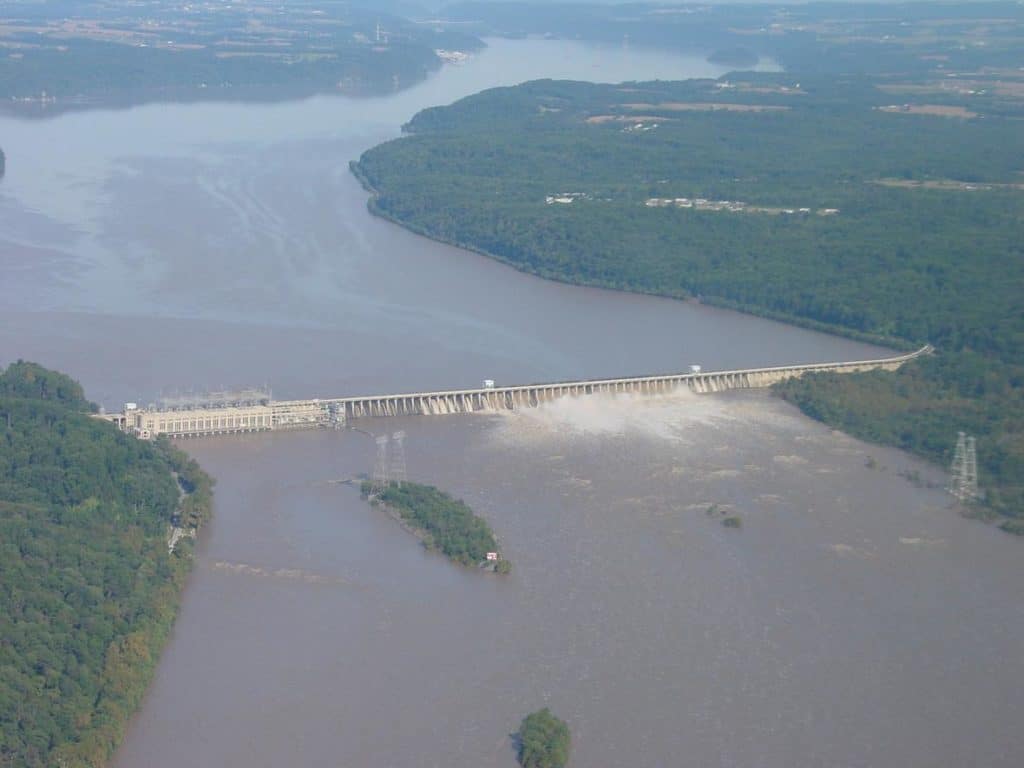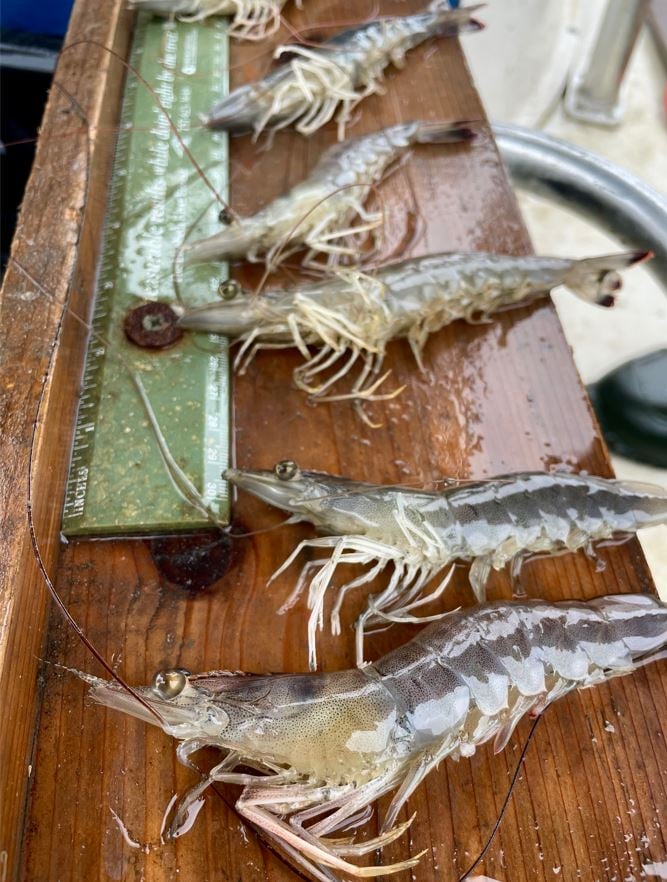For the first time, a coalition of environmental groups have drafted a plan to clean up pollution from the Conowingo Dam that flows into the Chesapeake Bay. And they’re opening it up for public input.
The Conowingo Watershed Implementation Plan is meant to be a road map toward achieving a “pollution diet” similar to the one in place for the entire Chesapeake watershed. The goal is to reduce the nitrogen, phosphorous and sediment loads that wash downstream and harm marine life.
For decades, the Conowingo Dam functioned to trap nutrients, sediment, and pollution so that less of it traveled from the Susquehanna River and reached the Bay. But over time, sediment built up behind the dam, rendering it unable to trap any more pollutants. While the watershed states struggle to meet their cleanup goals for the Bay, it’s even more important to address the pollution at Conowingo Dam. This dam-specific Watershed Implementation Plan (WIP) zeros in on the specific problems it presents.
“It has one focus: nitrogen,” explains The Center for Watershed Protection’s Bryan Seipp. The goal of the plan is to find the lowest cost solutions to eliminate six million pounds of nitrogen pollution entering waterways. The Conowingo WIP is a much-needed solution to a challenging problem that will build on, but not duplicate, the WIPs that states are already using to meet their existing goals.”
The WIP is a partnership between the Chesapeake Bay Program, Chesapeake Bay Trust, the Center for Watershed Protection, Chesapeake Conservancy, and a steering committee that includes all of the Bay states. Joel Dunn, President and CEO of Chesapeake Conservancy, promises the coalition will “track implementation and reward performance” to advance conservation and restoration goals. “We can do hard things,” he puts it simply.
The plan, more than a year in the making and funded by a $600,000 EPA grant, is open for public comment from individual residents, businesses, watershed groups and local governments, from now until December 21, 2020. You can submit comments and questions related to the draft WIP to [email protected].
| To read more on the plan, visit the Chesapeake Bay Program website. |
-Meg Walburn Viviano



